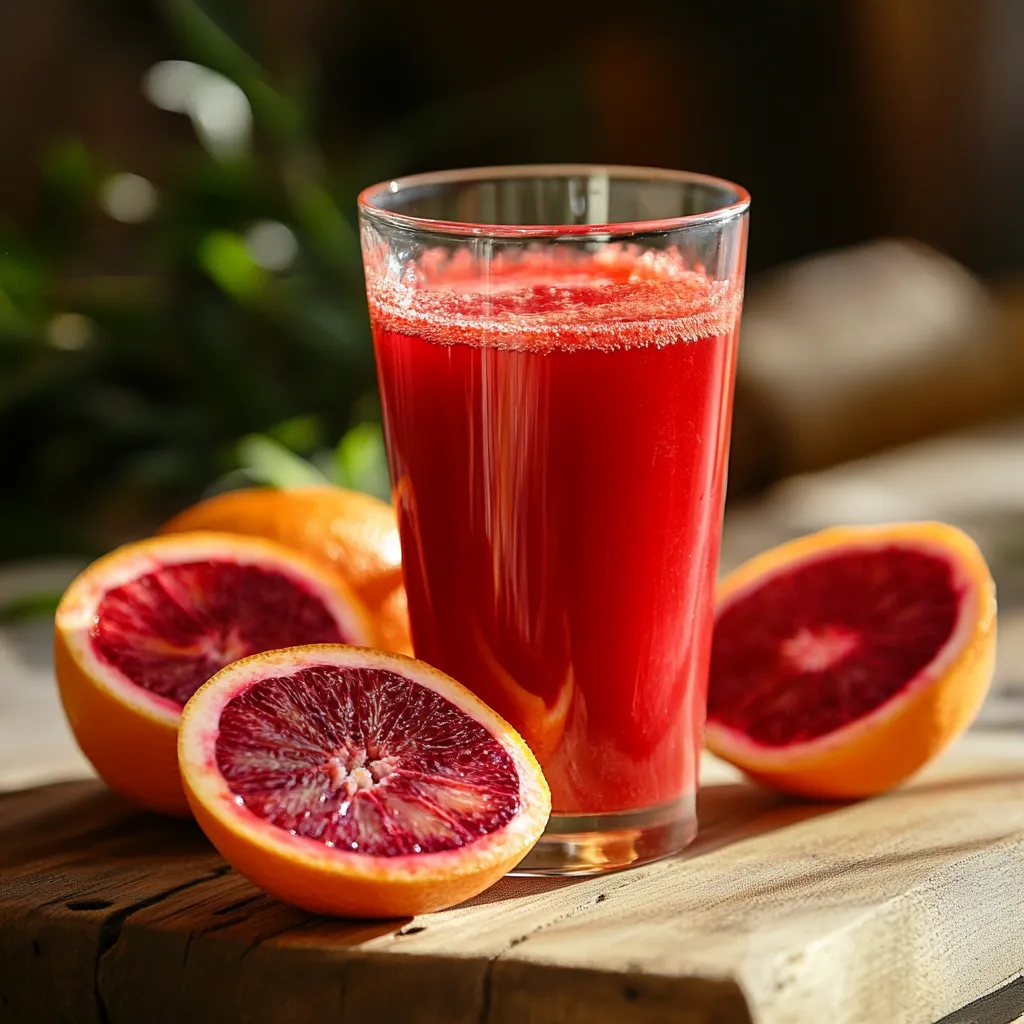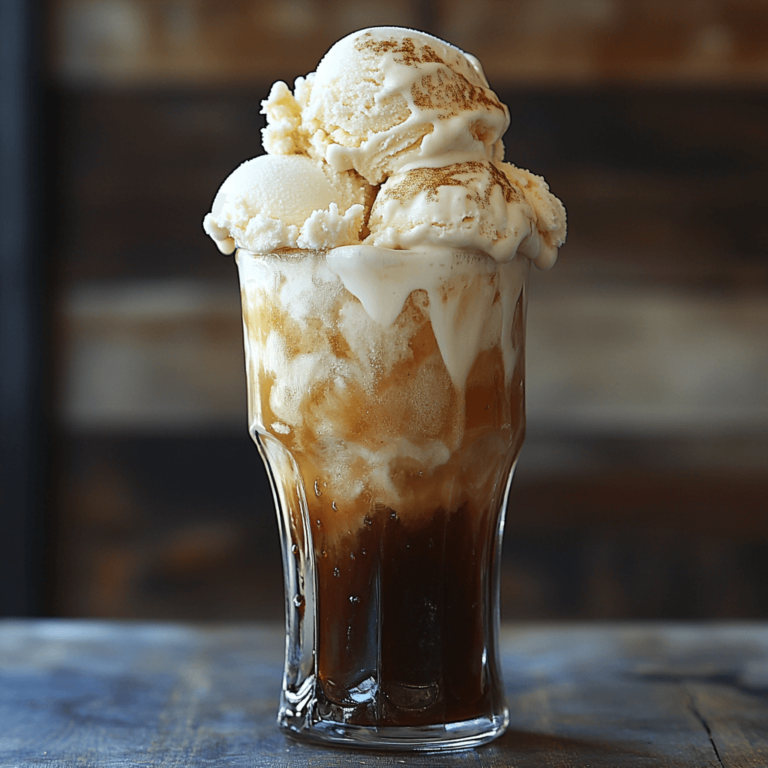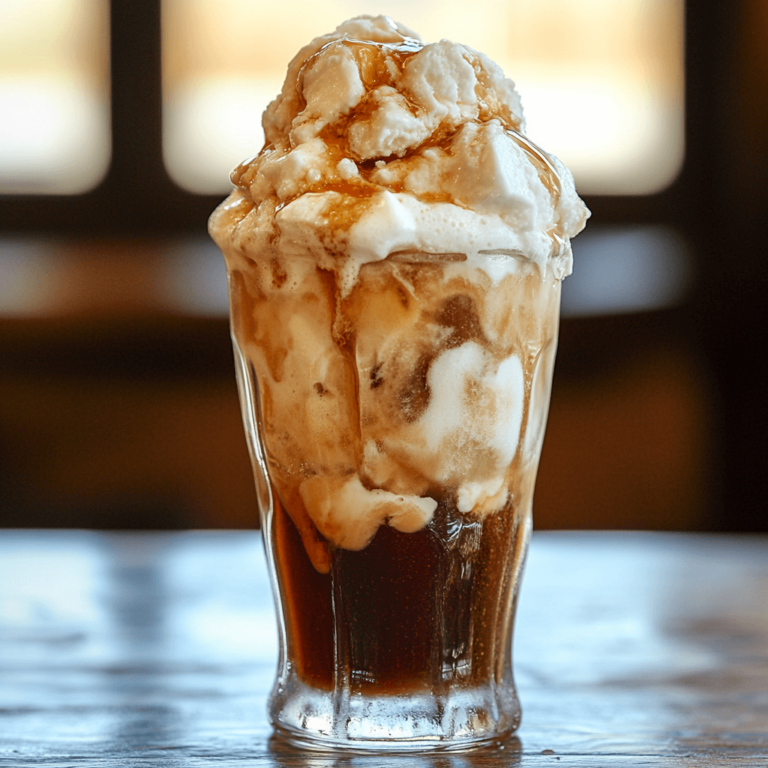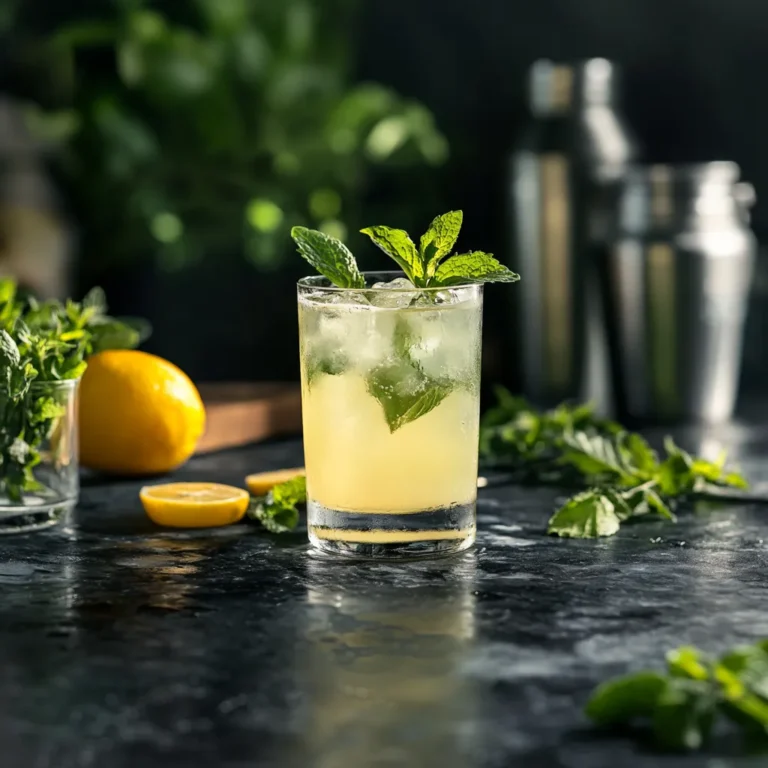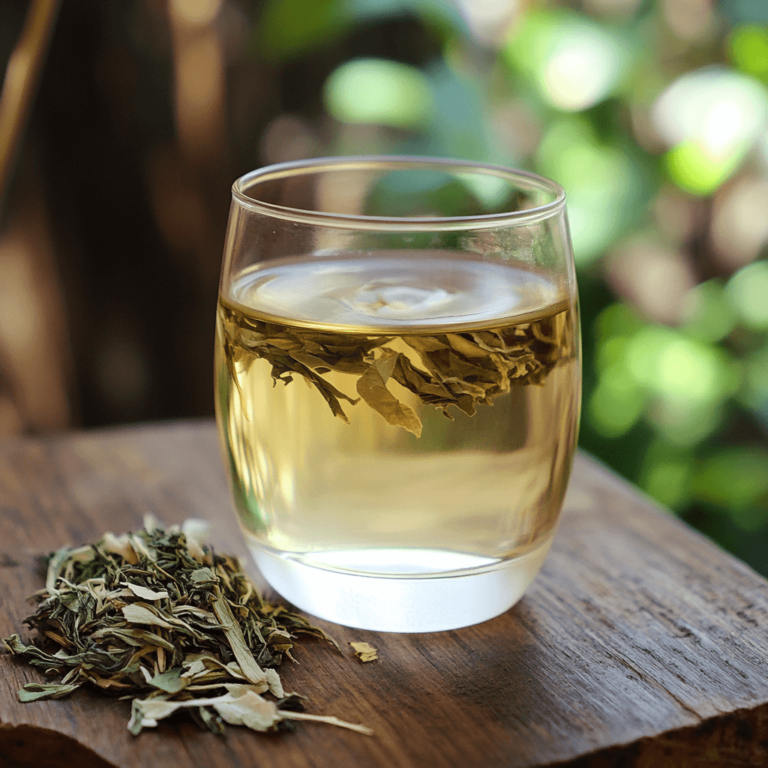Blood Orange Juice: A Vibrant & Healthy Delight
Imagine opening a fresh blood orange and seeing its deep red juice flow into your glass. It’s not just another citrus drink—it’s a journey for your senses. Blood orange juice is more than a drink; it’s a health boost with vitamin C and antioxidants.
Your search for a tasty and healthy drink ends here. Blood orange juice has a special taste that’s different from regular orange juice. Its rich, berry-like flavor and bright color make it a drink that feeds your body and soul.
Table of Contents
Understanding Blood Orange Juice and Its Origins
Blood oranges are a special part of the fresh produce world. They have a deep crimson flesh and a unique flavor. This makes them great for healthy drinks and natural sweeteners.
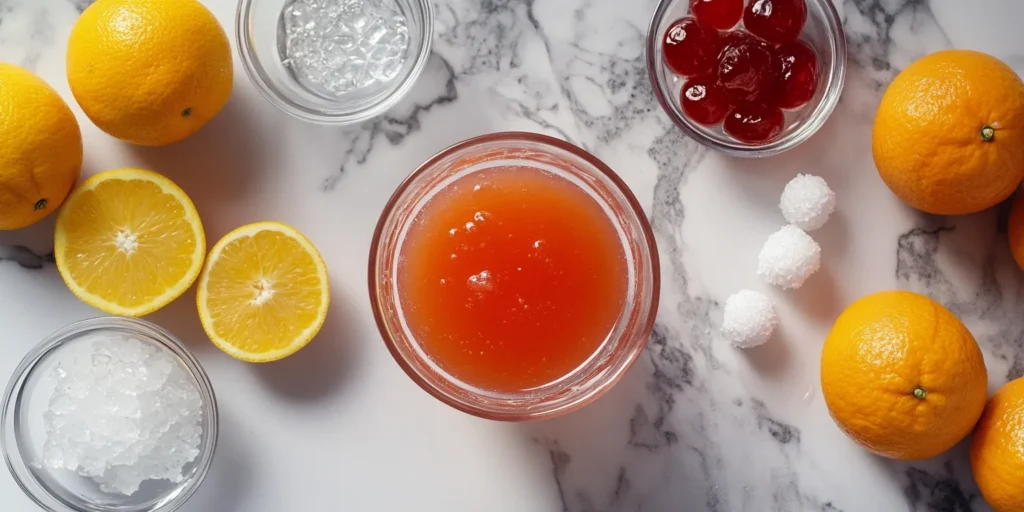
The magic of blood oranges comes from their genes. They have a special mix that makes them different from regular oranges. This mix creates the vibrant red color we see in them.
What Makes Blood Oranges Unique
Blood oranges have some amazing features:
- Deep red to purple-black interior coloration
- Complex flavor profile ranging from tart to sweet
- Higher antioxidant content compared to regular oranges
Historical Background and Cultivation
Blood oranges were first mentioned in 1646 by Ferrari. They need specific weather to grow well. Places like California and Florida are perfect for them because of their warm days and cool nights.
Different Varieties of Blood Oranges
There are three main types of blood oranges:
- Moro: Intensely tart with almost purple-black flesh
- Tarocco: Sweeter and more tender, popular in Mediterranean cuisine
- Sanguinello: Balanced flavor with moderate sweetness
For those who love juicing, blood oranges are a great choice. They make vibrant, healthy drinks that are unlike any other citrus juice.
The Rich Nutritional Profile of Blood Orange Juice
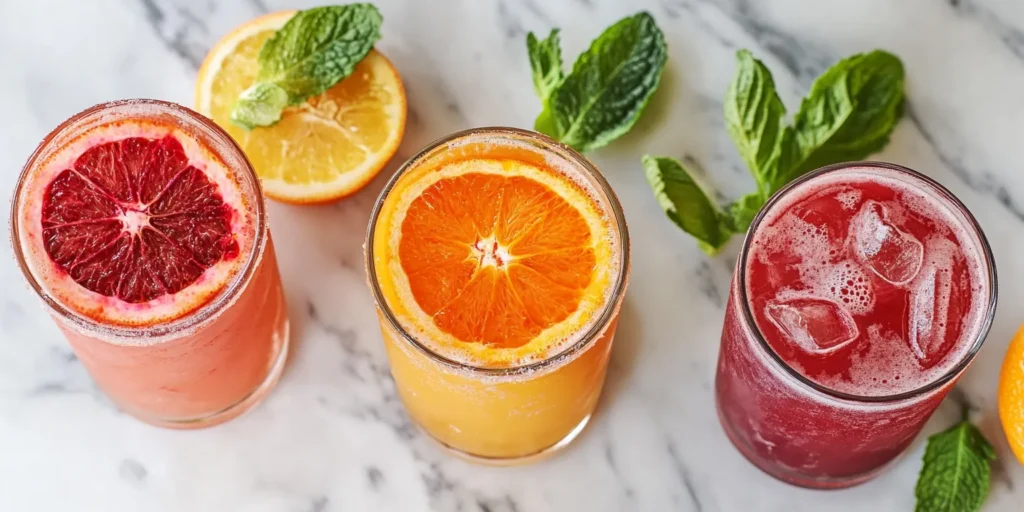
Blood orange juice is a nutritional powerhouse. It’s packed with essential nutrients that boost your health. These vibrant fruits are more than just a tasty drink. They’re a concentrated source of immune boosters and vital phytonutrients that support overall wellness.
Each blood orange offers impressive nutritional benefits. Let’s look at the key nutrients that make this juice a standout health drink:
- Vitamin C: A critical immune booster that supports white blood cell function
- Anthocyanins: Powerful antioxidants that give blood oranges their distinctive color
- Dietary fiber: Promotes digestive health and helps manage cholesterol levels
- Potassium: Supports heart and muscle function
- Folate: Essential for cellular health and pregnancy support
“One blood orange provides a remarkable combination of nutrients that can significantly contribute to your daily health needs.”
The nutritional profile of blood orange juice is truly impressive. Just one serving gives you about 69 calories, 15 grams of carbohydrates, and 3 grams of dietary fiber. The high vitamin C content makes it an exceptional immune booster. It may help reduce the risk of chronic health conditions.
Research shows the remarkable potential of blood orange juice. Studies suggest that eating more citrus fruits may lead to weight loss and lower cancer risks. The phytonutrients in blood oranges, like chrysanthemin, have shown promising results in preventing cancer cell growth in preliminary studies.
Whether you’re looking to boost your immune system, support heart health, or just enjoy a delicious drink, blood orange juice is a great choice. It offers a compelling package of health benefits.
Health Benefits and Antioxidant Properties
Blood orange juice is more than a tasty drink. It’s a nutritional powerhouse with amazing health benefits. Its deep red color shows its high antioxidant levels, making it great for your juicing recipes.
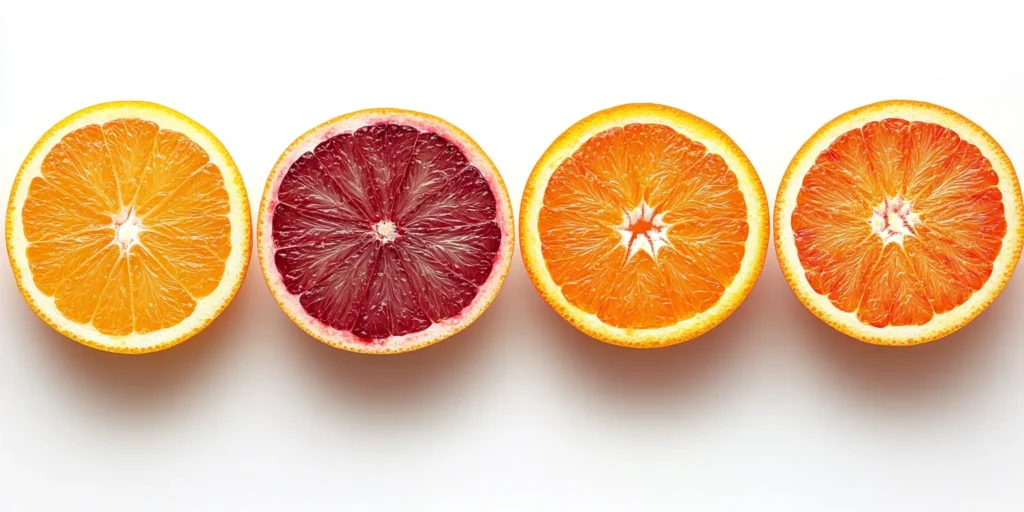
The nutritional profile of blood orange juice is impressive. It’s full of anthocyanins, powerful antioxidants. These compounds give the juice its unique red color and offer strong protection for your body.
Immune System Support
Blood orange juice boosts your immune system. It has about 50 mg of vitamin C per 100 mL. This helps strengthen your body’s defenses.
- Increases plasma vitamin C levels
- Enhances cellular protection
- Supports overall immune function
Cardiovascular Health Benefits
Blood orange juice is good for your heart. Studies show it can improve blood flow and lower inflammation. Its high anthocyanin content may also help your heart health.
- Supports healthy blood pressure levels
- May help reduce cholesterol
- Promotes cardiovascular wellness
Anti-inflammatory Properties
Blood orange juice has strong anti-inflammatory effects. Its antioxidants can help fight chronic inflammation. This may lower the risk of many health problems.
With only 34 kcal per 100 mL and about 1.6 g of dietary fiber, blood orange juice is a healthy choice. It’s packed with nutrients for overall well-being.
Essential Equipment for Making Blood Orange Juice
Making delicious blood orange juice needs the right tools. The right equipment can make your juicing better and get more flavor from fresh fruits.
To make blood orange juice, you’ll need a few important items:
- Sharp chef’s knife for precise fruit cutting
- Citrus juicer (manual or electric)
- Fine-mesh strainer or cheesecloth
- Serving pitcher or glass
You have two main choices for juicing: manual and electric juicers. Manual juicers are great for small amounts and let you get hands-on. Electric juicers are faster and better for making lots of juice.
Think about these things when picking your juicer:
- Ease of cleaning
- Juice extraction efficiency
- Counter space requirements
- Budget considerations
The Moro blood oranges, common in the U.S., give about 3 servings of juice from 7 oranges. Your juicer choice is key to getting the most juice and keeping the flavor bright.
Selecting and Preparing Blood Oranges for Juicing
Starting with the right blood oranges is key to making great juice. These vibrant fruits add a special flavor to your drinks. Knowing how to pick, store, and prep them will help you get the most flavor and nutrients.
Ripeness Indicators
Here’s what to look for when picking blood oranges:
- Deep red or crimson exterior color
- Firm texture with slight give when gently squeezed
- Heavy for their size, indicating high juice content
- Smooth, unblemished skin
- Sweet, floral scent
Storage Tips
Storing blood oranges right is important. Here’s how to do it:
- Store at room temperature for 3-5 days
- Refrigerate to extend shelf life up to 10 days
- Keep in a cool, dry spot away from direct sunlight
- Avoid storing near other ripening fruits
Cleaning and Preparation Methods
Before juicing, follow these steps:
- Wash thoroughly under cool running water
- Gently roll on the counter to break down internal pulp
- Cut oranges in half for easy juicing
- Remove any visible seeds
Pro tip: The Moro variety is particularly excellent for juicing, offering a deep wine-red color and high juice yield. Four blood oranges typically produce about ½ cup of delicious, natural sweeteners-packed juice.
Step-by-Step Guide to Fresh Blood Orange Juice
Making juice from blood oranges is a fun journey. It brings amazing taste and health benefits. With a few easy steps, you can turn these colorful fruits into a tasty drink full of vitamin C and antioxidants.
Before you start, make sure you have these tools:
- Sharp knife
- Cutting board
- Citrus juicer (manual or electric)
- Strainer (optional)
- Measuring cup
Here’s how to get the most juice from your blood oranges:
- Wash the oranges well under cool water
- Let them warm up to room temperature for better juice
- Cut them in half horizontally
- Place them cut-side down on the juicer
- Press gently but steadily while turning
Here are some key nutrients in your fresh juice:
| Nutrient | Amount | Daily Value |
|---|---|---|
| Calories | 111 | 6% |
| Vitamin C | 124 mg | 150% |
| Potassium | 496 mg | 14% |
| Carbohydrates | 25 g | 8% |
Pro tip: Drink your blood orange juice right away for the best taste and health benefits. If you need to store it, keep it in the fridge and drink it within 24-48 hours for the best flavor.
Creative Serving Suggestions and Combinations
Make your freshly squeezed juice stand out with creative serving ideas. Blood orange juice can turn simple drinks into something special. It’s perfect for a refreshing spritzer or a fancy cocktail.
Garnishing Ideas
Boost your blood orange juice’s look with easy yet eye-catching garnishes:
- Fresh mint sprigs
- Twisted orange peel
- Candied citrus slices
- Edible flower petals
Mixing with Other Beverages
Blend blood orange juice with other drinks for fun. Mix it with sparkling water for a vibrant spritzer. Try different natural sweeteners to change the taste and make your drink healthier.
Cocktail Applications
Use blood orange juice to make fancy cocktails. The blood orange martini is a great example:
- 2 ounces vodka
- 3 tablespoons freshly squeezed juice
- 1 tablespoon triple sec
- 1 tablespoon lime juice
- Optional: 2 teaspoons simple syrup
This cocktail is gluten-free and vegan. It’s ready in 5 minutes. Add a blood orange slice for a fancy look. You can adjust it to your liking.
Seasonal Availability and Storage Solutions
Finding fresh produce like blood oranges is all about timing. In the United States, they’re available from December to April. This short window is perfect for getting the best flavor and nutrition.
Storing blood oranges is key to keeping their health benefits. They can last a week at room temperature. Refrigeration adds two more weeks. Freezing them for up to a year keeps their flavor alive longer.
Climate changes affect citrus farming, leading to less fruit. California’s farmers deal with more rain and pests. Buying local or frozen blood oranges supports sustainable farming.
Pro tip: To always have blood oranges, try freezing, juicing, or canning them. This way, you can enjoy their flavor and health benefits all year.

